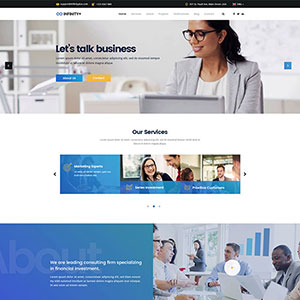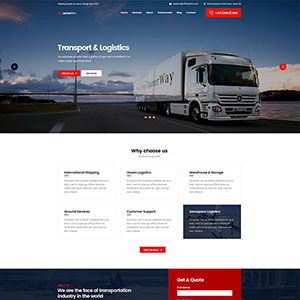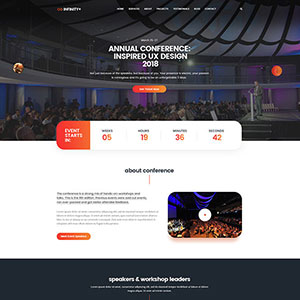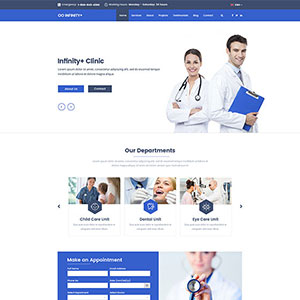
Recruiting and retaining qualified drivers has been a challenge for several years. Many young people do not wish to spend so many hours away from friends and family. The Hours of Service and ELD mandates make the job more difficult from a work enjoyment and compensation perspective. They cap the number of hours a driver can work and thereby limit their incomes. As the U.S. government ramps up its ELD enforcement efforts, this will likely encourage some drivers to find another source of employment.
The strength of the U.S. and Canadian economies is placing pressure on the limited supply of drivers. Employment levels in America are at record highs. Two sectors of the economy that serve as alternate sources of employment for drivers are manufacturing and construction. Both areas are also on a growth spurt. The rebuilding efforts after the two major hurricanes in the southern U.S. have provided an added boost in demand for people willing to work in construction.
The driver shortage problem in North America has been studied for years. “Blue ribbon panels” have been created to find solutions to this chronic problem. Some of the challenges are well known.
While lip service has been paid to the need to treat drivers as professionals and truck driving as a profession, the reality is somewhat different. It is a challenge to earn a good, consistent living as a truck driver. Truck driving has historically been a low-paying job.
Most truckload drivers are paid on a per mile basis. Their productivity is constrained by inconsistency in their workloads, by the HOS and ELD mandates, by un-cooperative shippers and receivers, by weather-related challenges, by failing infrastructure and by the management at their employers. Drivers wish to support themselves and their families but the nature of their work and compensation structure creates an element of uncertainty and stress. Annual driver turnover for truckload fleets has been averaging one hundred percent for several years.
Truckload carriers have taken various approaches to addressing these issues. Pay increases, signing bonuses, showers, fitness rooms and big screen TVs in trucking company terminals are some of the measures that have been employed. The fact is that we still have a driver shortage problem. As we move to self-driving vehicles, this problem may dissipate but this development, on a large scale, is still years away. So, what can trucking-company owners do now?
Well, how about paying at least some of your drivers a salary? When you think about it, drivers are employed to move revenue-producing loads from one point to another. These loads are “revenue on wheels.” Most truckload carriers have a core group of customers for whom they move a core group of loads every week. Why not pay a core group of drivers a salary to move these loads?
The counterargument has always been that this is not financially practical. How you can pay a driver for non-productive time? How can you afford to pay a driver who is stuck on the highway or who is waiting in a shipper’s yard to pick up or deliver his/her load?
Here is something to think about. Many truckload carriers employ salespeople. Many of these salespeople earn a salary or salary plus commission. Are these reps generating revenue all day long? Do they ever get stuck in traffic? Do they maintain or secure revenue on every sales call? Despite their best or less than best efforts, do they ever lose an account? Are they generating revenue when they are filling out their sales reports or sitting in their weekly sales meetings?
Truck drivers are “revenue movers.” Sales reps are “revenue managers.” Many trucking companies have a core group of senior or National Account reps who manage their core accounts. Should the truck drivers who service the loads of these core accounts be treated differently from the sales people who manage the accounts?
Why not pay your top truck drivers a salary or even better, a salary plus bonus based on a set of performance based KPIs? Just as there are different compensation formulas for sales people, there can be different compensation structures for drivers. For non-core customers, sporadic shippers, or companies that have a more variable volume of business, why not pay those drivers using another formula? The traditional revenue per mile or a low base pay/higher variable structure may still work for some portion of your driver force.
The idea is that the salary concept allows you to send your drivers a message. Your company is trying to find a way to tell these very important employees who are valued. Your company is trying to think “out of the box” to compensate them for their value, performance, and loyalty.
Of course, the salary or salary plus bonus, as a percent of revenue, must still allow the trucking company to earn a profit. Providing a driver with a salary provides them with the income consistency that they are seeking. It makes truck driving a “profession” similar to other professions.
Adding a variable cost KPI component provides the driver with incentives to meet several company requirements in terms of safety, on-time service, loads delivered per week, customer satisfaction etc. It provides you with a tool to retain your best drivers rather paying them a formula that encourages them to leave. Part of the variable compensation could be tied to the profitability of the account. If better service translates into a higher rate increase and a higher OR on the account, why not let the driver share in the results of his/her work that is being recognized by the customer. In other words, why not create an alignment between your most valuable drivers and your most valuable customers?
In conclusion, driver retention is a challenge. The purpose of this blog is to challenge you to think about what your company can do to tune in to the needs of your drivers and find a way to retain a higher percentage of the high-quality professionals who are essential to your business success. Please tell me what you think.
To stay up to date on Best Practices in Freight Management, follow me on Twitter @DanGoodwill, join the Freight Management Best Practices group on LinkedIn and subscribe to Dan’s Transportation Newspaper (http://paper.li/DanGoodwill/1342211466).



















